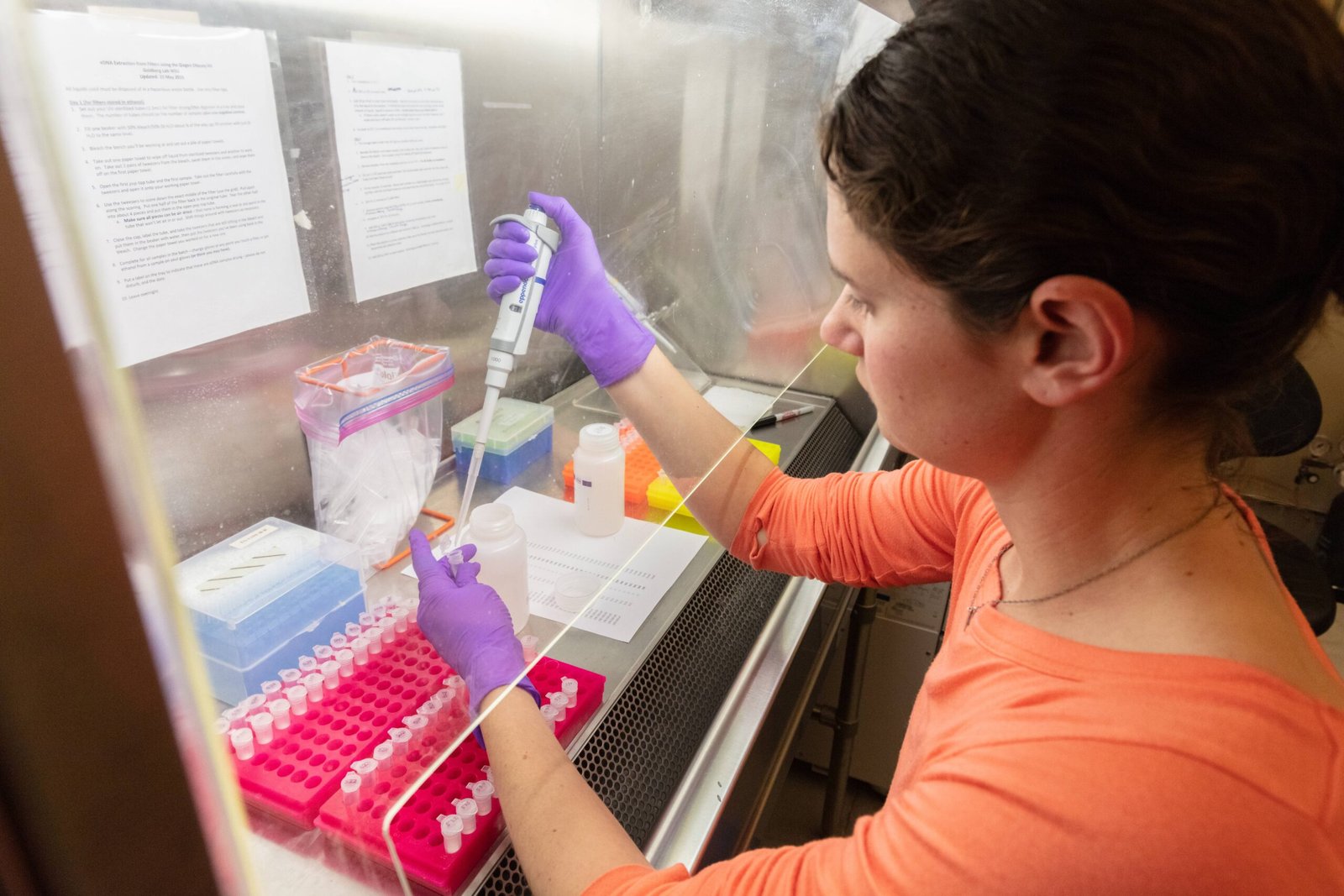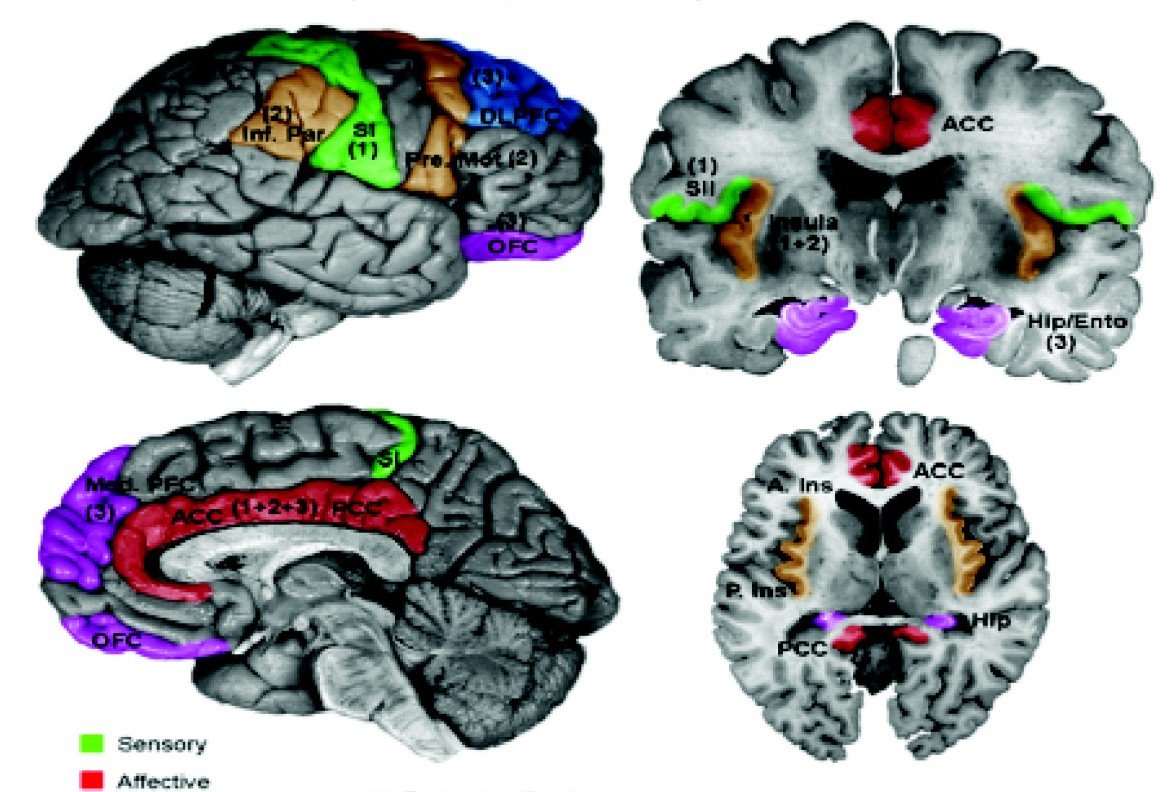In the vast realm of human biology, every so often, we encounter phenomena that challenge our understanding of the human body. Among these rare marvels is the story of a woman who cannot feel pain. This peculiar condition, while seemingly advantageous, is a gateway to understanding the complexities of our genetic makeup. Imagine living a life where pain – a fundamental warning signal – is absent; this is the reality for Jo Cameron, a Scottish woman whose unique DNA has captured the attention of scientists worldwide. Her story not only fascinates but also offers profound insights into potential medical breakthroughs.
The Phenomenon of Pain Insensitivity
Pain, as unpleasant as it may be, serves a critical role in our lives. It acts as an alarm system, alerting us to potential harm or injury. For Jo Cameron, however, this alarm is forever silent. Her inability to feel pain was discovered only in her later years, leading to a revelation that puzzled both her doctors and herself. Her case is not merely an oddity but a window into the genetic codes that dictate our pain responses. Pain insensitivity, though rare, is a condition that can teach us more about the human nervous system and its underlying genetic factors.
Understanding Jo Cameron’s Unique DNA

Jo Cameron’s DNA holds the key to her extraordinary condition. Researchers have identified mutations in a gene known as FAAH-OUT, which plays a significant role in pain perception. This mutation dampens the activity of the FAAH gene, responsible for breaking down a natural pain-relief compound in the body. The discovery of her genetic variation has opened new avenues for scientists to explore how genetic mutations can alter human experiences of pain and emotion.
The Role of FAAH-OUT Gene
The FAAH-OUT gene is a newly discovered player in the human genome. It works in tandem with the FAAH gene, which is known for regulating pain and mood. In Jo’s case, her FAAH-OUT gene is unusually inactive, leading to her pain-free existence. This discovery has significant implications for medical research, as it may help develop new pain management therapies. Understanding how this gene functions could also contribute to treatments for anxiety and mood disorders, offering hope to millions.
The Science of Pain Perception

Pain perception is a complex process involving the nervous system and brain. When we experience pain, signals travel from the site of injury to the brain, where they are interpreted. Jo Cameron’s case reveals how genetic variations can disrupt this process. Her story exemplifies the intricate dance between genes and the nervous system, highlighting how slight genetic changes can have profound effects on human physiology. This understanding paves the way for innovative approaches to managing chronic pain and enhancing quality of life.
Implications for Medicine and Therapies
Jo Cameron’s unique genetic makeup has not only reshaped our understanding of pain but also opened doors to new medical possibilities. By studying her DNA, scientists hope to develop treatments that mimic her pain-free life. This could revolutionize pain management, particularly for chronic pain sufferers. Furthermore, the insights gained from her case may lead to novel therapies for anxiety and mood disorders, potentially transforming mental health treatment. Her story is a reminder of the untapped potential within our genetic code.
The Connection Between Pain and Emotion
Pain and emotion are intertwined, influencing how we experience the world. Jo Cameron’s insensitivity to pain extends to her emotional responses, as she experiences minimal fear or anxiety. This connection between pain and emotion offers valuable lessons for understanding mental health conditions. By exploring how genetic factors influence both pain and emotion, researchers can develop targeted therapies that address the root causes of these conditions, improving mental health outcomes for many individuals.
Challenges in Genetic Research
Despite the promising insights gained from Jo Cameron’s DNA, genetic research is fraught with challenges. Understanding the complex interactions between genes and their effects on the body is a daunting task. Additionally, ethical considerations must be addressed when utilizing genetic information for medical advancements. These challenges highlight the need for continued research and collaboration among scientists to unlock the full potential of genetic discoveries. Jo’s case serves as a catalyst for further exploration and innovation in genetics.
The Future of Pain Management
The future of pain management is bright, thanks to the insights gained from Jo Cameron’s genetic makeup. As researchers continue to study her DNA, they are uncovering new strategies for managing pain and enhancing quality of life. The potential applications of her genetic findings extend beyond pain management, offering hope for treating various medical conditions. Her story underscores the importance of personalized medicine, where treatments are tailored to an individual’s genetic profile, maximizing effectiveness and minimizing side effects.
Lessons Learned from Jo Cameron’s Story
Jo Cameron’s story is a testament to the wonders of human biology and the potential for scientific discovery. Her unique genetic makeup has provided invaluable insights into pain perception and management. Her case highlights the importance of curiosity and exploration in advancing medical knowledge. As scientists continue to unravel the secrets of her DNA, they are reminded of the limitless possibilities within the human genome. Jo’s story is a source of inspiration, fueling the quest for understanding and innovation in the field of genetics.




